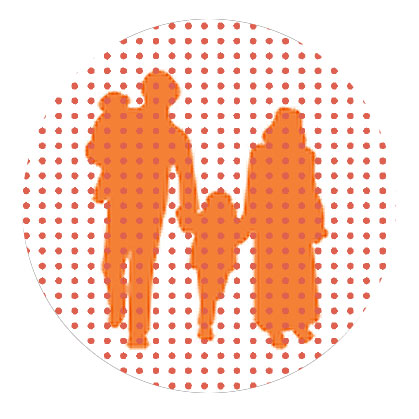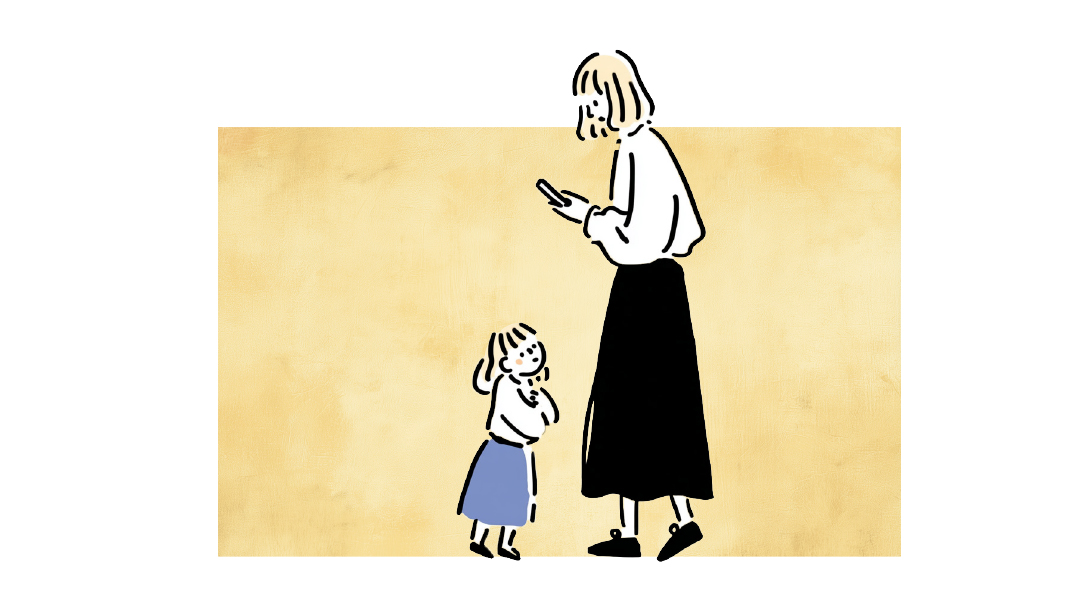The Therapy Client

We’re made up of different parts; it’s our child parts that are treated in therapy

IN order to understand “the therapy client,” we need to first understand “the human being.” A human being isn’t a singular unit. The popular therapies of today acknowledge this reality, referring to the various “parts” of the personality, as did earlier therapies that referred to internal schemas, sub-personalities, ego states, voices, and more.
The simplest way of looking at a parts model of personality is to imagine that each of us is a bus. One part of us sits in the driver’s seat and calls herself “I” as in, “I feel lonely; I think I’ll call a friend.” The other parts of us sit in the passenger section. These parts are of all different ages — some babies, some kids, some teens, some adults, and some older, wise archetypes. Some of these passengers are troubled characters, while others are healthy resources.
The interesting thing is that any one of these parts can hop into the driver’s seat of the bus. As long as an adult part is the one who does this, the driver will be able to reach the steering wheel, brake, and gas pedal, as well as read a map in order to get the bus to its scheduled destination.
But when a young child part ends up in the driver’s seat, the bus won’t be getting very far. Indeed, since the youngster can’t read a map, steer, or reach the pedals, it’s quite likely that the bus will crash into walls or get stuck in the mud. If a teen part ends up in that seat, it’s likely that the bus will go somewhere — but not necessarily where it’s supposed to go!
When we find ourselves achieving our life goals — building independent lives, raising a family, holding down a job, managing our finances, and so on — it will only be because an adult part of us has been driving our bus most of the time. Indeed, all “normal” people have a strong and healthy enough group of adult parts that they manage to create a normal adult life for themselves.
Those whose adult parts have remained largely dormant, so that the person remains in an infantile state (dependent on and requiring the care of others), are suffering from severe (and thankfully, rare) psychological illness. This is the group that was at one time institutionalized in “mental institutions” and at this point in time may be found on the streets, in the jails, in hospital settings, and in long-term treatment centers. It’s not your typical, modern therapy client.
Psychotherapy
Although our adult parts can usually function well enough to build working adult lives and relationships, there is often a group of troubled child passengers on our bus. These folk give us panic attacks, low moods, irritability, confusion, rage, physical pain, poor coping strategies, and other forms of stress. One of our adult parts, in an attempt to address their angst, often takes these parts to therapy.
When we’re in therapy, the child parts — with all their traumas, hurts, insecurities, and needs — are invited into the driver’s seat by the therapist. The adult “waits outside” for the therapy hour to end. The therapist helps to heal troubled child parts, providing corrective emotional experiences, and straightening out crooked cognitions, self-destructive habits, no-longer-useful emotional defenses and more.
When the therapy hour is over, the adult part gets back into the driver’s seat, pays the therapist, confirms the next appointment, and takes the child home.
Now that we understand how the parts model works, we can see that a therapy client is an actual adult, not a helpless, needy, dependent child. It’s the adult who brings the child parts to therapy, who allows a child to get into the driver’s seat, and who assists the child back into the passenger seat. Full-grown people who go to therapy are full-grown people, not infants.
No client who is currently preparing for a career, managing a home, or holding down a job, is dependent on a therapist. If the child parts are sad when a therapist leaves for vacation, professional travel, or personal needs, the adult part is there to provide comfort, distraction, and support while waiting for the therapist to return. The adult parts completely understand that therapists cannot and need not always be available.
Any therapeutic approach that empowers the child to drive the bus outside of the therapeutic hour — to be the “I” as in, “I can’t function without my therapist” — will unfortunately cause regression and dysfunction rather than health and healing.
(Originally featured in Family First, Issue 907)
Oops! We could not locate your form.




